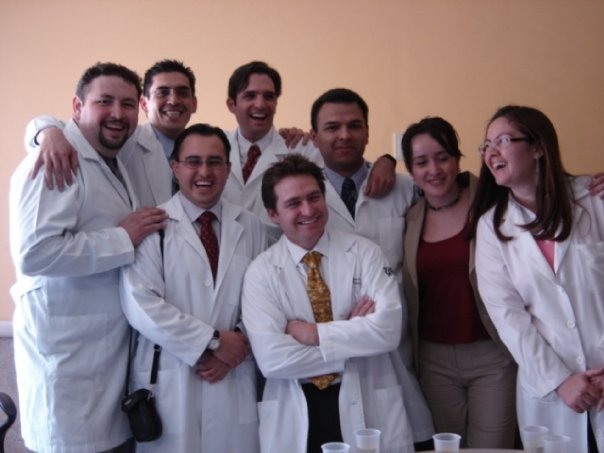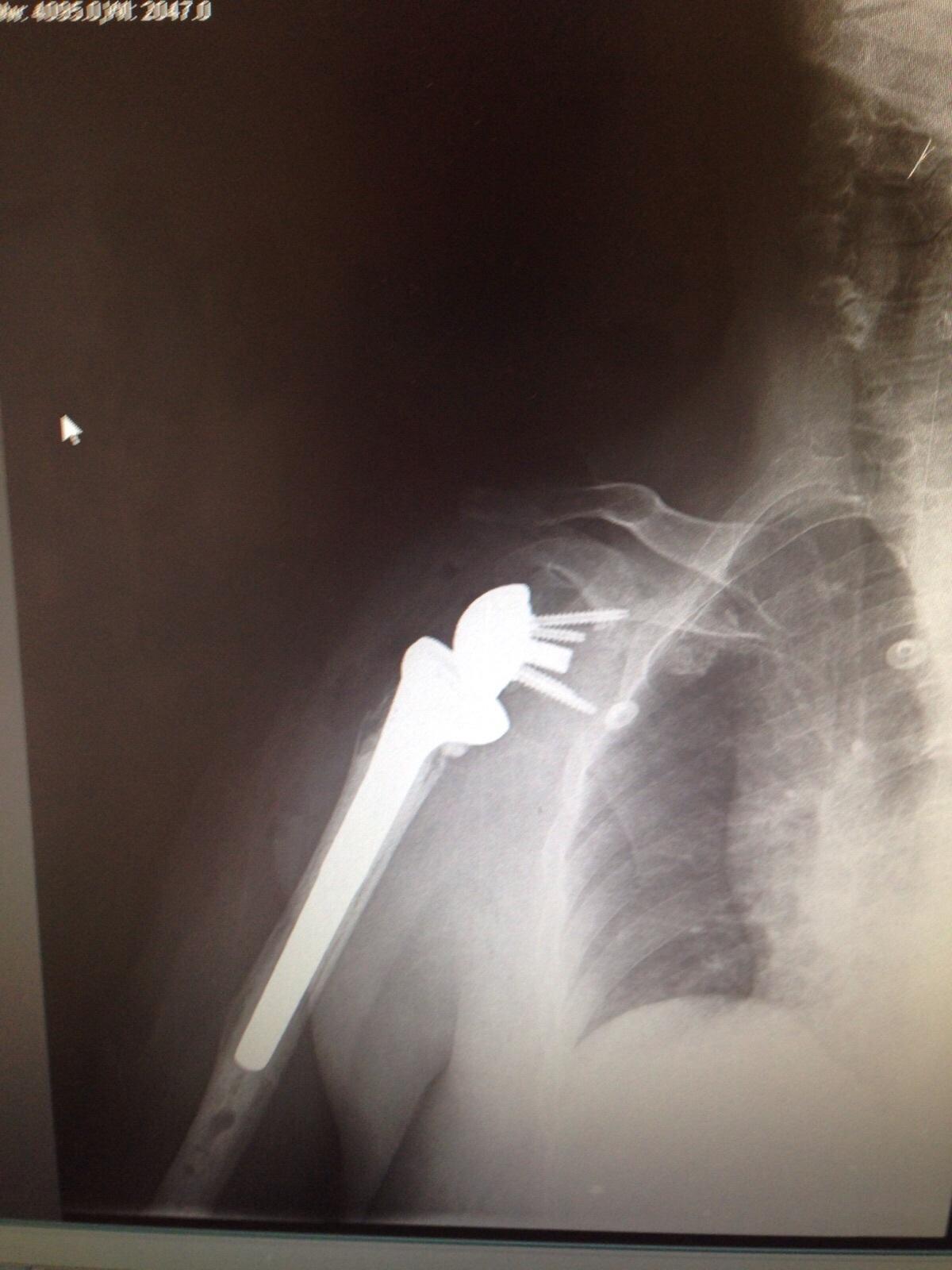The effect of humeral polyethylene insert constraint on reverse shoulder arthroplasty biomechanics.
Fuente
Este artículo es originalmente publicado en:
https://www.ncbi.nlm.nih.gov/pubmed/29276534
https://www.ncbi.nlm.nih.gov/pmc/articles/PMC5734524/
http://journals.sagepub.com/doi/10.1177/1758573217701065
De:
Abdulla I1, Langohr DG1, Giles JW1, Johnson JA1, Athwal GS1.
Shoulder Elbow. 2018 Jan;10(1):25-31. doi: 10.1177/1758573217701065. Epub 2017 Apr 5.
Abstract
Background:
There is little information on the effects of altering reverse shoulder arthroplasty (RSA) polyethylene constraint on joint load, load angle and deltoid force. The present biomechanical study aimed to investigate the effects of changing RSA polyethylene constraint on joint load, load angle, deltoid force and range of motion.
Conclusions:
Altering polyethylene cup constraint in RSA to enhance stability does not significantly alter resultant joint loads and deltoid forces. Surprisingly, terminal abduction range of motion was also not significantly different with varying cup constraint, indicating that terminal impingement may be tuberosity related rather than polyethylene.
KEYWORDS:
complication; constraint; instability; polyethylene; reverse total shoulder arthroplasty; rotator cuff tear arthropathy
Resumen
Antecedentes:
Hay poca información sobre los efectos de la alteración de la restricción de polietileno de la artroplastia de hombro inversa (RSA) en la carga articular, el ángulo de carga y la fuerza del deltoides. El presente estudio biomecánico tuvo como objetivo investigar los efectos del cambio de la restricción de polietileno RSA sobre la carga articular, el ángulo de carga, la fuerza deltoide y el rango de movimiento.
Conclusiones
La alteración de la restricción de la copa de polietileno en el RSA para mejorar la estabilidad no altera significativamente las cargas conjuntas resultantes y las fuerzas deltoides. Sorprendentemente, el rango de movimiento de abducción terminal tampoco fue significativamente diferente con la restricción variable de la copa, lo que indica que la incidencia del terminal puede estar relacionada con la tuberosidad en lugar del polietileno.
PALABRAS CLAVE:
complicación; restricción; inestabilidad; polietileno; artroplastia total de hombro invertida; artropatía del desgarro del manguito de los rotadores
- PMID: 29276534 PMCID: PMC5734524 [Available on 2019-01-01]
- DOI: 10.1177/1758573217701065






